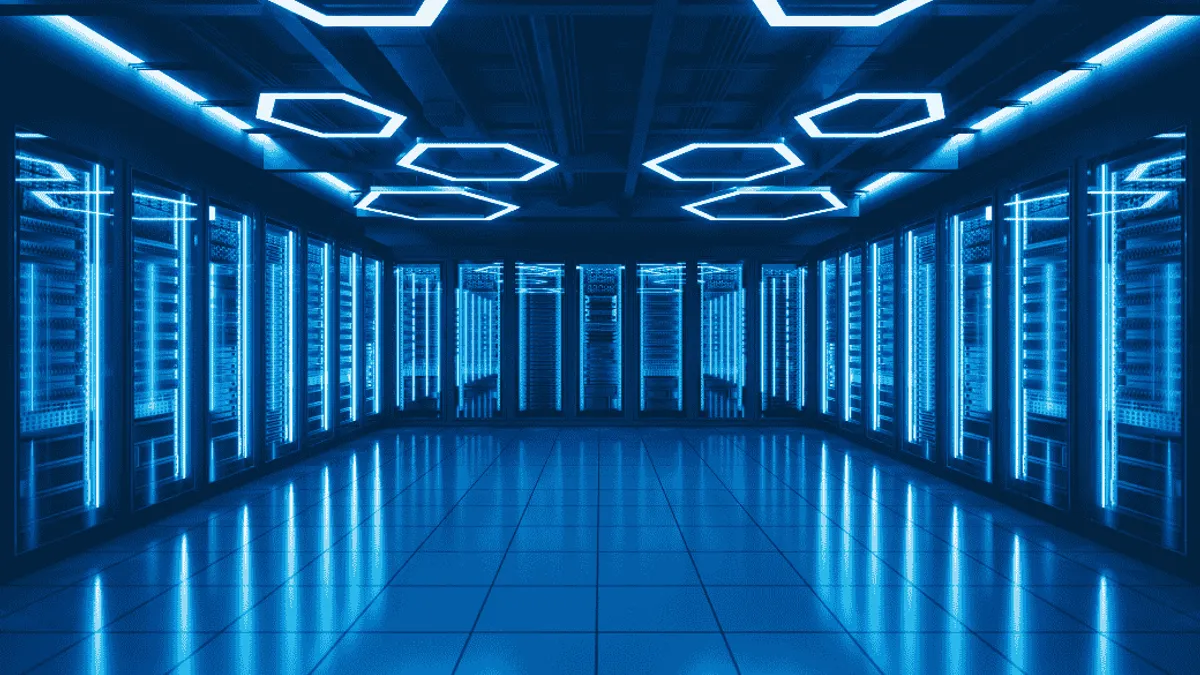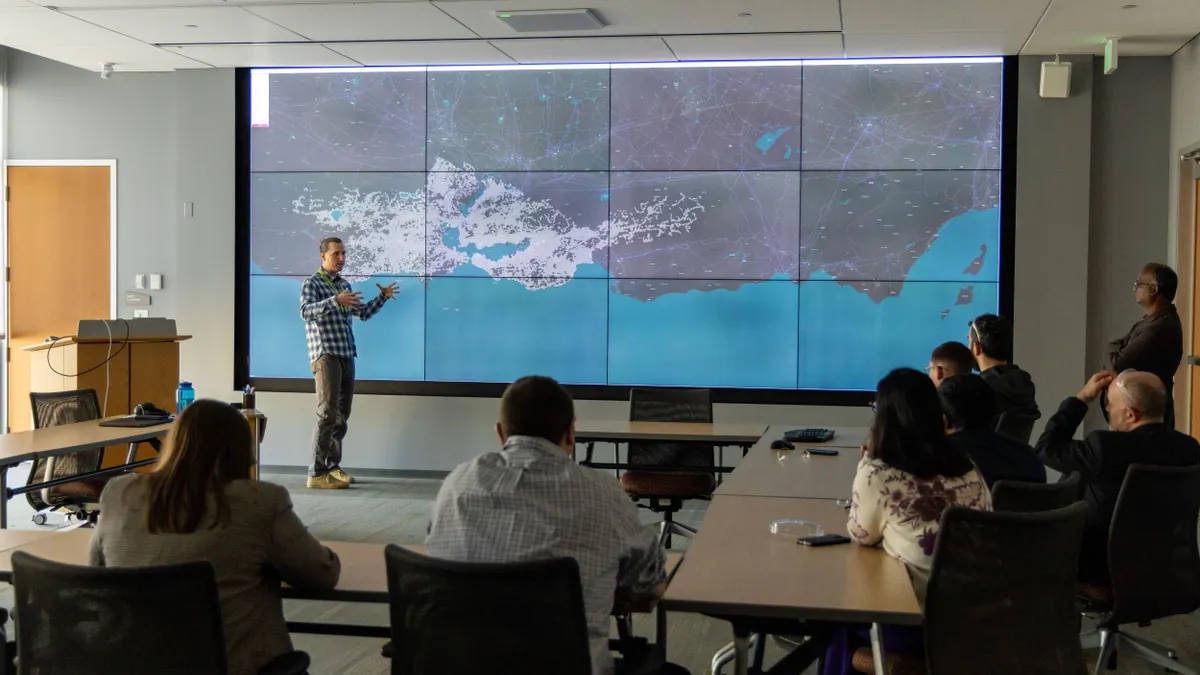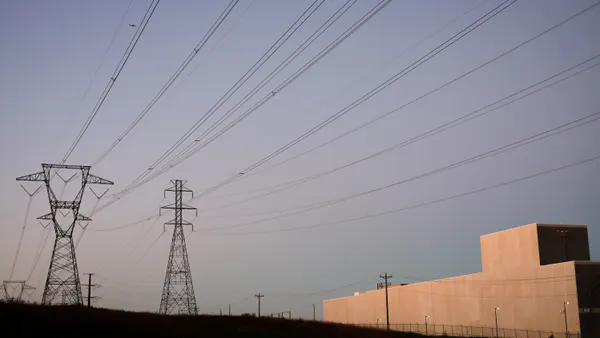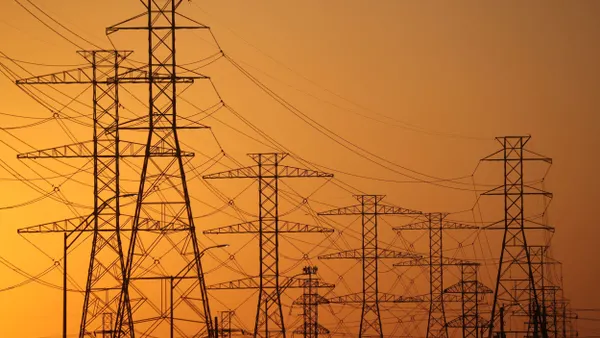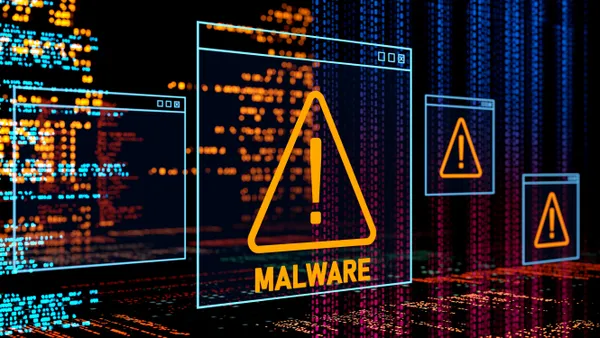American Wire Group
The exponential growth of data centers across the United States is transforming the energy landscape. Driven by artificial intelligence (AI), cloud computing, remote work and the expanding Internet of Things (IoT), data centers are consuming more power than ever. For utilities, this shift presents both a challenge and an opportunity: how to meet rising demand reliably and sustainably while modernizing the grid to support emerging technologies.
The surge in data center development
Data centers are no longer limited to tech hubs—they’re being developed across urban and rural areas alike. Their rapid expansion is being driven by:
- Increasing cloud-based applications
- Widespread 5G infrastructure
- High-intensity AI computing loads
- Greater need for virtual collaboration
Recent projections indicate the U.S. will require over 1,000 new large-scale data centers within the next decade. Virginia remains the global leader, with more than 500 facilities, while Texas, Ohio, Georgia and Arizona are gaining traction due to competitive land costs, favorable regulations and growing access to renewable energy.
Rising power demand—and the role of utilities
Currently, data centers account for approximately 4% of the nation’s total electricity usage, with that number expected to climb to as much as 12% by 2028, according to the U.S. Department of Energy. For utilities, this represents a sharp uptick in load growth—one not seen since the early 2000s. Ensuring a stable, scalable supply of electricity is essential to meet this demand without compromising reliability.
Utilities are at the center of this transformation. While fossil fuel generation has traditionally met large energy needs, the shift toward renewable energy is accelerating due to both cost competitiveness and corporate sustainability mandates. Many data center operators are committing to carbon neutrality and securing long-term PPAs with wind and solar farms to ensure predictable, clean energy.
Grid readiness and renewable integration
Utility-scale wind and solar are now among the most cost-effective forms of generation. However, the intermittency of these resources places new demands on the grid. Battery storage and grid modernization efforts are vital to balancing loads, managing peak demand and improving resiliency.
Utilities must invest in advanced transmission infrastructure, real-time grid management systems and storage technologies to support increased renewable integration. The evolution toward a smarter, more flexible grid will ensure that utilities can continue to deliver reliable service while enabling a low-carbon future.
Wire and cable: Enabling infrastructure
As utilities prepare to meet the rising demands of data centers and renewable energy integration, wire and cable infrastructure becomes a mission-critical element in ensuring system reliability, safety and scalability.
At the core of every data center and power delivery system is an extensive network of power and communication cables—each playing a specific role in keeping the grid operational and efficient. Utilities depend on a variety of cable types, including:
- Medium- and high-voltage transmission cables for delivering bulk power from generation sources to substations and load centers.
- Low-voltage distribution cables for safely and efficiently feeding data centers.
- Fiber optic cables for real-time monitoring, smart grid control and data transmission.
With the expansion of undergrounding projects and renewable energy installations, demand for durable, high-capacity cables is accelerating. These cables must offer enhanced insulation, fire resistance and thermal stability to handle dense, high-load installations.
Wire and cable systems are no longer just passive components; they are the connective tissue of the digital energy era, and early collaboration with manufacturers is key to ensuring grid resilience and compliance as demands evolve.
Looking ahead
As energy demand shifts alongside digital transformation, utilities play a pivotal role in shaping the future of data and energy infrastructure. By embracing renewable energy, investing in grid resilience and strengthening transmission networks, utilities can lead the way in enabling sustainable growth in the digital economy.
The partnership between utilities, data center operators and energy infrastructure providers will define how effectively—and sustainably—this new demand is met.

